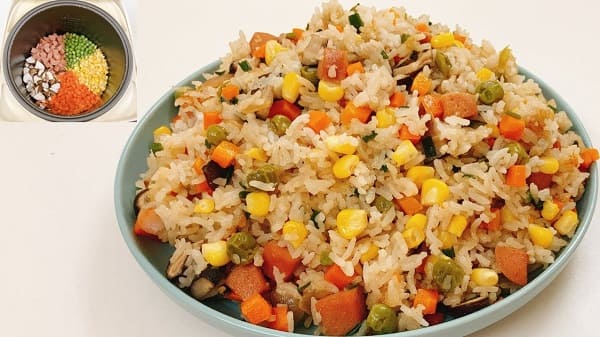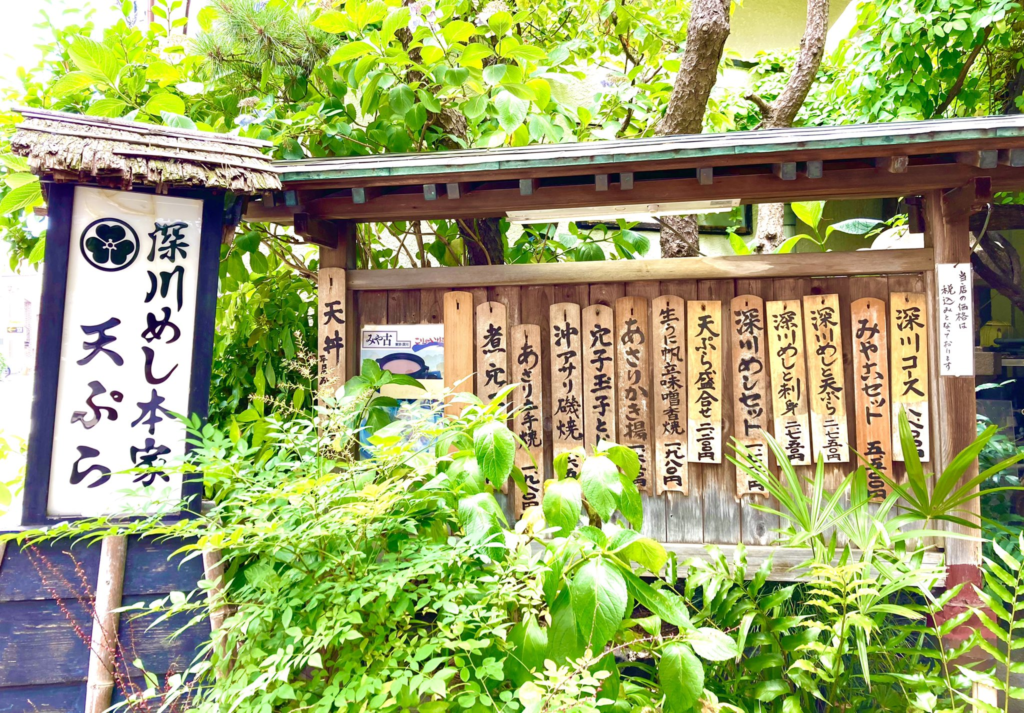No products in the cart.
Cách Nấu Cơm Thập Cẩm Chuka Chirashi Kiểu Nhật, Kinh Nghiệm Hay Bạn muốn thử sức với món cơm thập cẩm chuka chirashi đầy màu sắc và hấp dẫn? Món ăn này là sự kết hợp hoàn hảo giữa gạo Nhật dẻo thơm, cá hồi tươi ngon ngọt, trứng cuộn mềm mịn và rau củ […]


